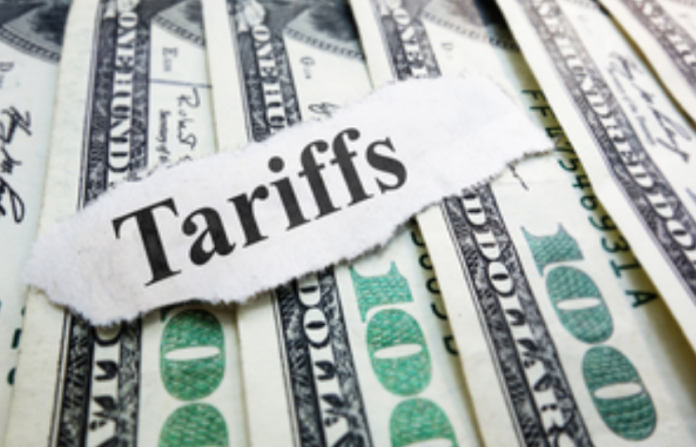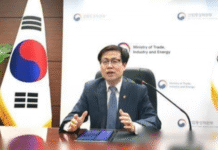New Delhi— While the latest reciprocal tariffs imposed by the United States are expected to impact global trade, Indian exporters may find themselves in a stronger position, particularly as key competitor China faces significantly steeper duties—ranging up to 65 per cent and beyond.
India, in contrast, is subject to a relatively moderate additional tariff of 27 per cent, placing it in the lower half of the targeted countries. This creates a window of opportunity for Indian exporters to expand beyond traditional sectors such as engineering goods, electronics, textiles, apparel, and gems and jewellery.
“The tariffs could shift competitiveness in India’s favour, especially in sectors where regional rivals are more severely affected,” said Agneshwar Sen, Trade Policy Leader at EY India.
“To capitalise on this advantage, India must not only maintain strong bilateral trade engagement with the US but also work closely with its Free Trade Agreement (FTA) partners in Asia to restructure supply chains and seize emerging opportunities,” he added.
In FY 2023–24, India exported electronics worth $10 billion to the US. According to the India Cellular and Electronics Association (ICEA), this figure could grow to $80 billion annually across various electronics product categories—provided there is consistent policy support and a favorable tariff regime. With bilateral trade already surpassing $100 billion, the electronics sector alone holds significant promise.
Trade experts believe that while the US tariffs may present short-term challenges, India stands to benefit in the long run. China, which is the primary target of these duties, now faces cumulative tariffs ranging from 54 per cent to 154 per cent, while Vietnam is subject to 46 per cent—far higher than those imposed on Indian goods.
Pankaj Mohindroo, Chairman of ICEA, emphasized that the true inflection point for India’s electronics exports to the US lies in the successful conclusion of a comprehensive Bilateral Trade Agreement (BTA).
The automotive sector is another promising area. Saurabh Agarwal, Partner and Automotive Tax Leader at EY India, pointed out that India’s electric vehicle (EV) industry has a prime opportunity to capture a larger share of the US market, particularly in the budget segment.
“In 2023, China exported $17.99 billion worth of automobiles and components to the US, compared to just $2.1 billion from India in 2024. This gap highlights immense potential for growth,” Agarwal noted.
To accelerate this momentum, experts recommend that the government expand the Production Linked Incentive (PLI) scheme to include a broader range of auto components, open it up to new entrants, and extend its duration by at least two years. (Source: IANS)








